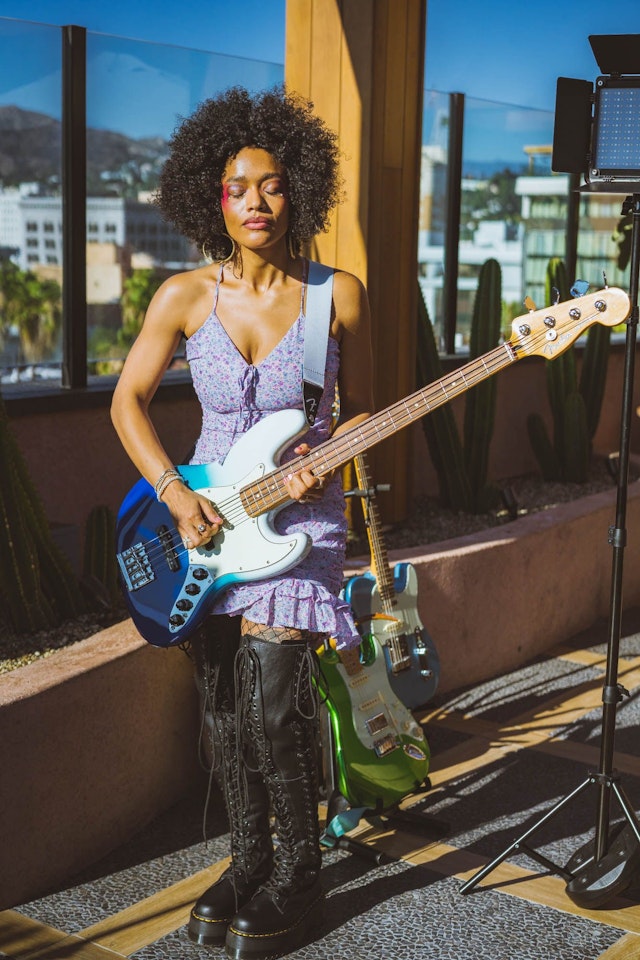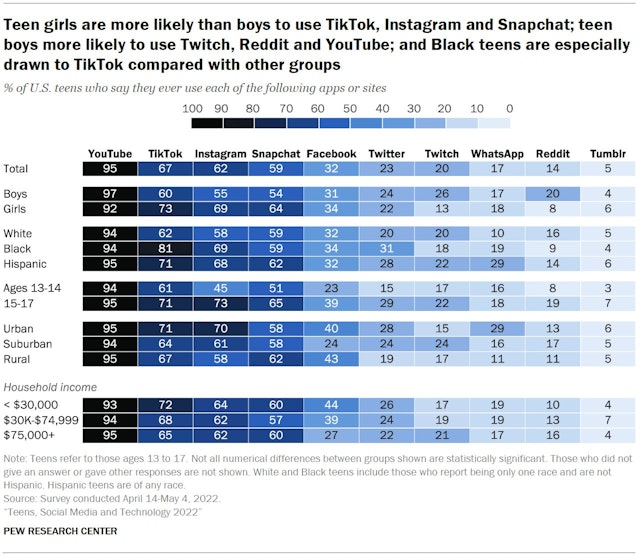How Fender struck a chord with 33 million aspiring musicians on TikTok
For The Drum’s Audio Deep Dive, we catch up with iconic guitar brand Fender to hear about its TikTok campaign that brings together tastemakers and Telecasters to amplify the next generation of musicians.

Japanese Breakfast is one of the musicians that Fender has worked with to promote its range of guitars / Fender
The music industry has changed considerably since Leo Fender first launched his Telecaster in 1950. Today, much of the consumer journey is intrinsically linked to social cachet, where influencers and tastemakers can create entirely new marketing trends around the songs that are currently in the charts.
For Fender, part of its transition from a trade-based to a consumer-led company was to boost its presence on TikTok. Fender’s chief marketing officer Evan Jones explains: “TikTok, with its foundation originally in music, has become a pretty amazing destination for aspiring artists, but also for creators and influencers and, frankly, a whole new generation who are just playing guitar for fun. That was why, when we [joined TikTok] in September last year, we partnered closely with artists to make that happen.”
It helps that the demographic of TikTok matches the audiences that Fender had already identified as among the fastest growing segments for guitar ownership and Jones notes that there has been “a pretty seismic shift in the profile of the artists who are coming into guitar music,” saying that they are more diverse and more female than ever before.
Loudwire’s research demonstrates that there is a substantial revenue opportunity for the brand on TikTok. It notes that 58% of people looking to purchase a guitar visit a creator on TikTok as part of their pre-purchase research and that 60% of new players turn to TikTok for inspiration. It was with this knowledge that the #GuitarTok campaign came to be.
“Our job is to amplify and support, which is really important – especially when you’re working with younger artists who have such a unique take and perspective,” says Jones. ”And, frankly, many of them probably understand the platform better than we do ourselves, because they’re so connected with their audiences on a day-to-day basis.”

He describes the company’s work with Blu DeTiger, a bass player based out of New York, as an example of the brand handing creative control to an artist, which has then led to both creative and commercial success.
That drive to put creators at the center of Fender’s TikTok presence accelerated during the pandemic when consumers were experimenting with new forms of expression in lieu of traditional outlets. DeTiger explains: “The platform is based around these viral, top trending sounds, and that’s where you can get really creative with it.
”My first video was a song that was going crazy on the app at that time, so I was like: ’Why don’t I just play what I would play in the studio?’ That is where I got my inspiration and I started off adding what I would want to play to existing sounds, then creating further from there.”
String theory
For Fender, the success of the campaign will ultimately be the association of guitar-based creativity with the brand. The goal with TikTok at present, says Jones, is focused more on achieving recognition through views – there have been 33m views for its Player Plus series. “Even though it’s hard for us to draw direct lines between a TikTok post and a sale through a dealer or through fender.com, that [number] carries a ton of weight because that’s a level of interest and authenticity you can’t fake.”

Jones notes that, anecdotally, some of the strongest KPIs are the below-the-line comments next to associated creators’ posts that remark not just about a song but about the guitar used.
The #GuitarTok campaign speaks to the inherently audio nature of modern social media. As influencers choose the platforms that allow them to share their creativity in the most effective way, this allows brands to associate with artists that have cachet and authenticity from the start. Given TikTok’s heavy focus on music, it was the natural place for Fender to reach out to new audiences – particularly as the nature of influencer marketing has changed the game for music.
“The old model was you would never have thought to introduce a bespoke guitar with an artist until they had, for example, launched X number of albums or been on tour for X number of years,“ says Jones.
“With TikTok and social media, it has completely changed that game and accelerated the exposure. There are younger, newer artists who are building fan bases quickly and who are seeing the benefits of being on TikTok to their own music careers.
“With some of the initial attempts we have made at acquiring new users through TikTok as well as featuring young teachers – we've just seen a phenomenal response to those efforts. We think that both of those are completely in line with what our brand mission is.”
As audiences look for authenticity from influencers, TikTok is allowing musicians to demonstrate their own credibility. Fender’s bet on associating the brand with the musicians who have come up on the platform seems to be paying off.
For more on the power of sound, check out The Drum’s Audio Deep Dive.

